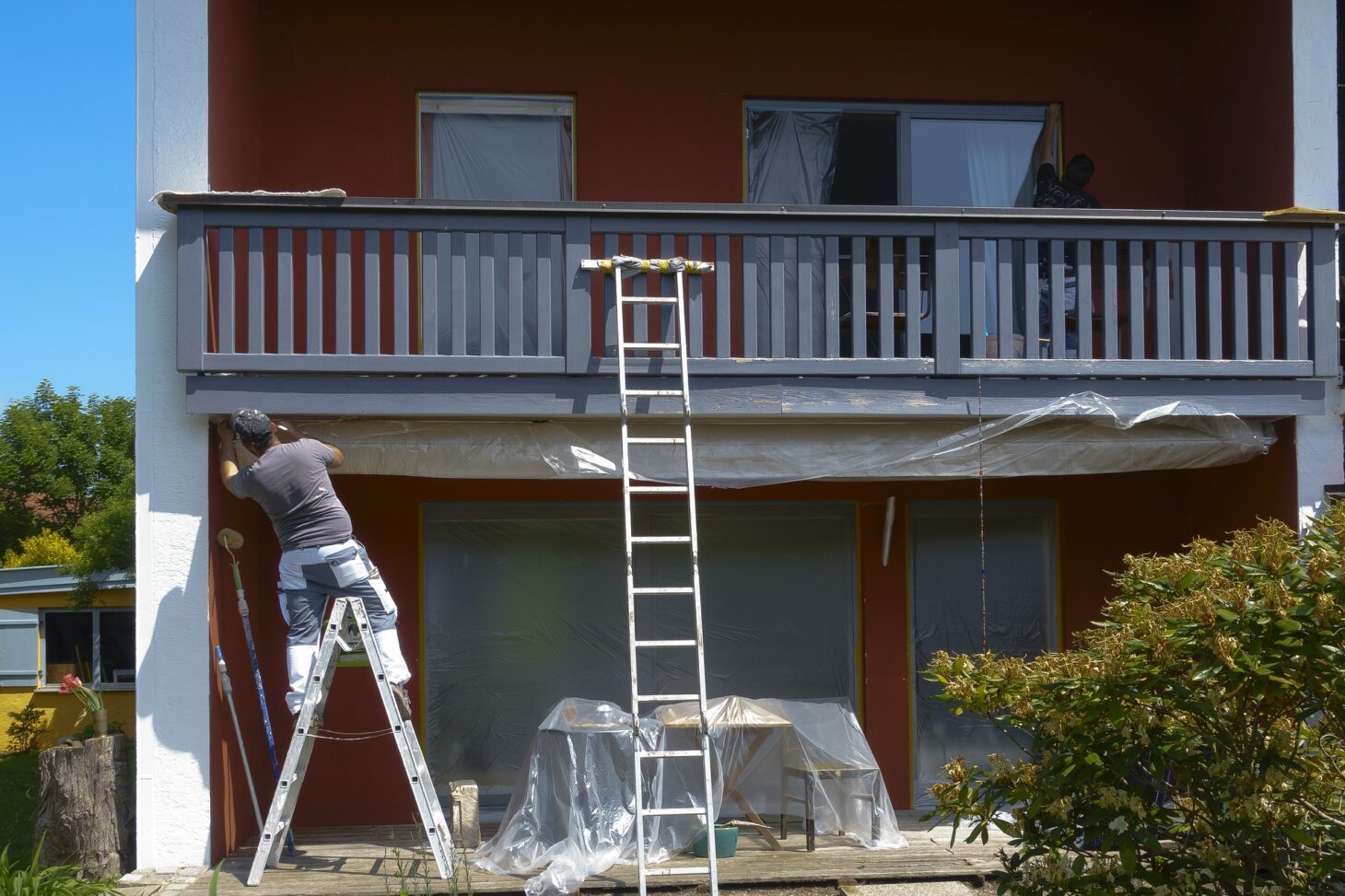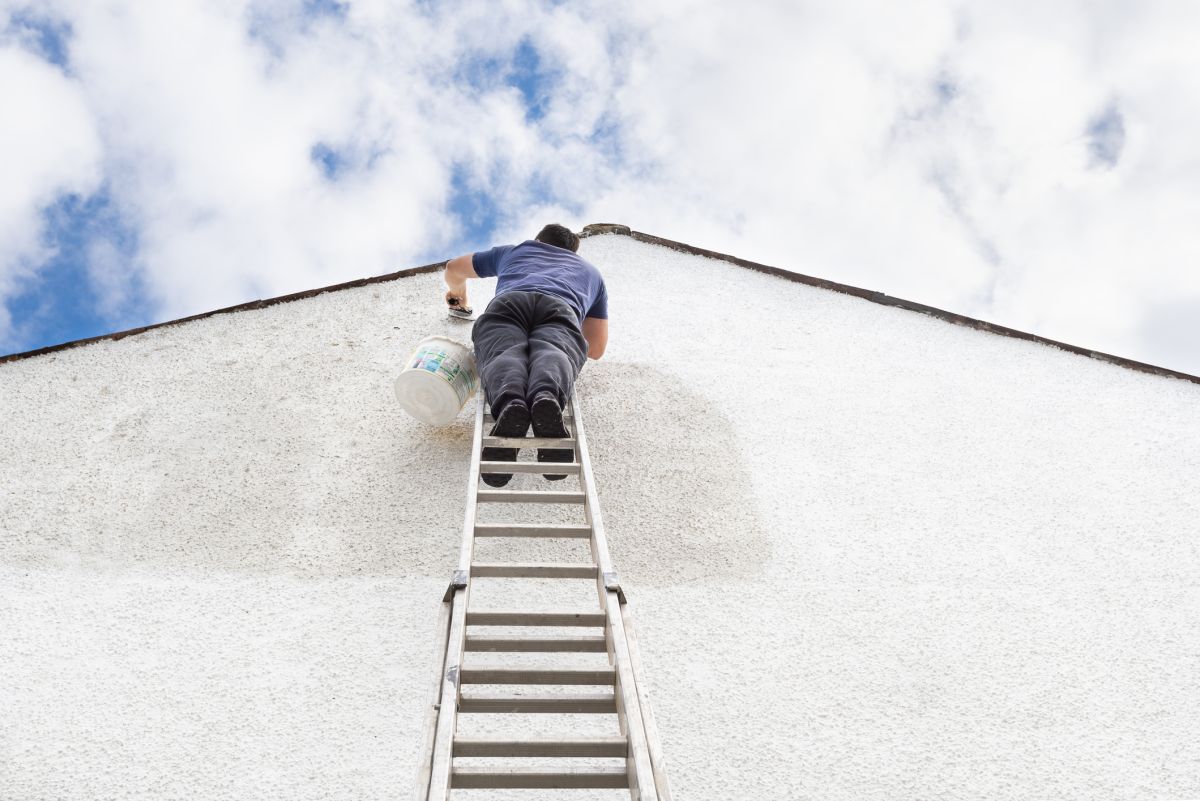Table of Content
Not to break your paint bubble, but there isn’t a single window of time that is ideal for painting your house exterior or interior. It’s a unique procedure for everyone and will rely on the location and weather where you live because so much of painting depends on the temperature and humidity. Before you pick up your paintbrush, be aware of the following warning signals.
Best weather for external paint
The weather has to cooperate for your paint job to look excellent. This is because the temperature and environmental factors present at the time of application directly impact how the paint dries.
The best time to choose is when there will be warm, dry days. Examining the weather the few days before and following your painting day is also a good idea. Before painting, your siding may need a few days to dry off if it has recently rained completely. The same is true for the day after application; you want to ensure that it won’t rain while your paint is still curing.
Furthermore, it would be best to be cautious of significant temperature changes daily. The paint will react and won’t cure correctly if you have ideal temps during the day and then a sharp dip when the sun goes down. Once more, this can result in a surface that isn’t perfectly smooth and may even start to peel and break.
What type of weather is ideal for painting the outside? The most significant weather is typically seen in the early summer and early fall, with little chance of precipitation and little change in day-to-night temperature. This will guarantee that the paint applies easily and has a chance to dry and cure thoroughly.

paint exterior
When painting outside, how warm is it required to be?
The summer is the best season to paint your exterior. While summer generally brings dry weather and little to no rain, it also brings intense heat. A less-than-ideal finish could result from the paint drying too quickly when it’s too hot outside, resulting in unsightly brush strokes and occasionally dried-on paint clumps applied to freshly painted surfaces.
Always try to choose a day that won’t be too hot. Additionally, you should be aware of the humidity levels. When it’s not too humid, paint typically dries the fastest. According to where you reside and the season, early summer and early fall usually have the optimum temperatures. If you stick to these seasons, you’ll probably have great weather for painting!
When to Paint a House’s Interior?
You can paint indoors all year round since indoor painting involves fewer variables than outside painting. However, if it’s humid, the paint will take longer to dry, may streak, and won’t stick to the walls. While it’s preferable to wait for drier weather, Winkles explains that if you must paint, a dehumidifier can help dry up the air in your space.
What you have going on at the time you’re going to paint is another issue to consider. Around the holidays or when you intend to throw a significant event, painting or hiring professionals is not a good idea. Even if the paint feels drier to the touch, it may still be drying because paint takes time to cure. Following a fresh coat of paint, hosting a large gathering or rearranging the furniture might not be a good idea. But if you do not have any immediate plans to travel or entertain guests, now can be the ideal time to paint. Just wait for a day when it won’t rain.
Look for no-VOC paint if you want to paint the interior of your home while you and your family are present because it won’t off-gas or release as many toxins into the air. Many well-known paint manufacturers now have a low- or no-VOC line.

painting gable end of house with ladder
What should you abstain from doing?
1. Avoid painting while it is raining outside!
Avoid painting on wet days, and make sure all the surfaces are absolutely dry before you start. If you want to have a flawlessly even application, this is crucial.
2. Avoid painting beyond an appropriate temperature range
Since it’s typically too cold for the paint to dry and completely cure in the middle of winter, you shouldn’t try to paint outside during that time. Since excessive heat can interfere with how the paint dries, some days may be too hot for painting. Since your paint will still be curing at night, keep in mind that it is essential to ensure the conditions are ideal. Since they are a little different, it relies on the precise kind and brand of paint you’re using.
3. Avoid trying to paint out of the seasons
If you live in a northern area, you may be able to continue painting into the fall, but most people give up after November since it’s frequently too cold. Some southern regions can continue painting well into the winter because the weather is warm.
Conclusion
The best time to paint will largely depend on the climate in your area, but if you follow these general tips, you’ll be guaranteed a perfect result.
Ask a professional if you’re unsure whether the environment suits outside painting. (You can get assistance from your painter or paint supplier.)

